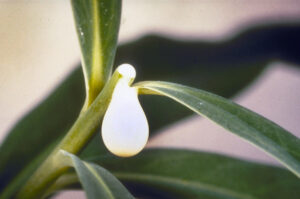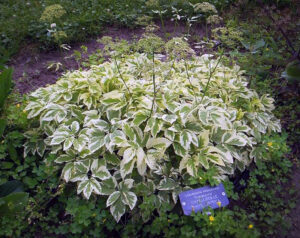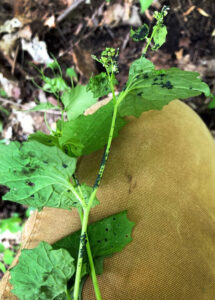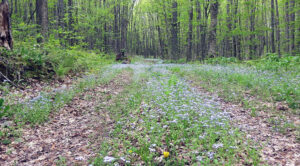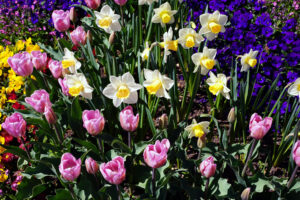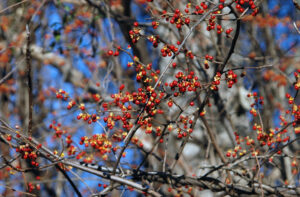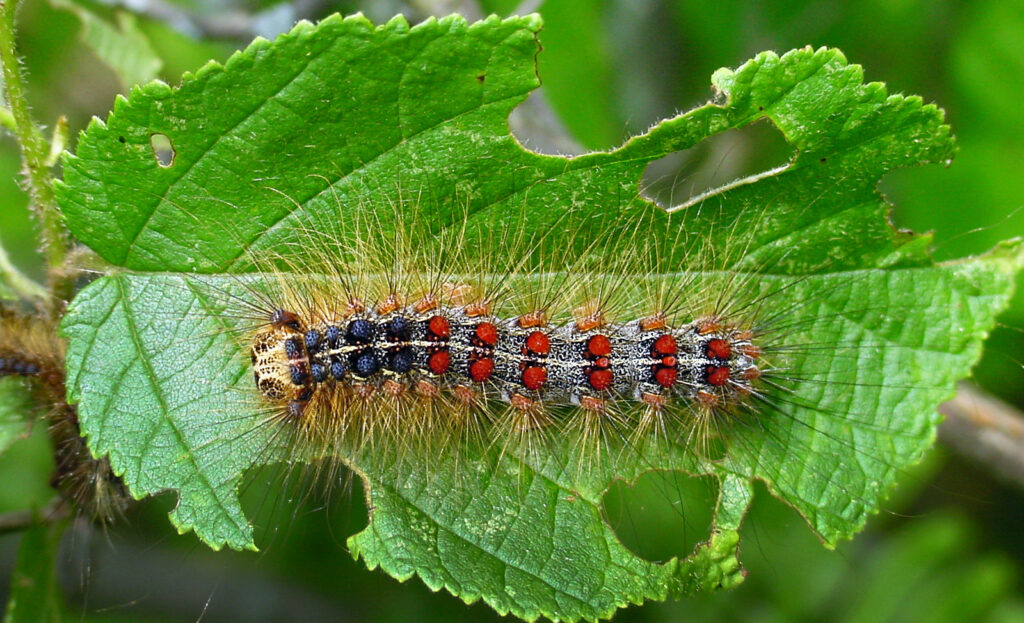By Erika Segerson-Mueller, DNR Invasive Plant Program Specialist, Oshkosh Service Center;
Erika.SegersonMueller@wisconsin.gov or 715-492-0391
With 145 invasive plants regulated under Wisconsin’s Invasive Species Rule NR40, it can be challenging to identify some of these plants while out in the woods.
The task can be further complicated by the presence of native lookalikes, plants that appear very similar to harmful invasive species but benefit wildlife, pollinators and ecosystems in Wisconsin.
Continue reading “Invasives And Imposters: Native Lookalikes To Know (Part 1)”


